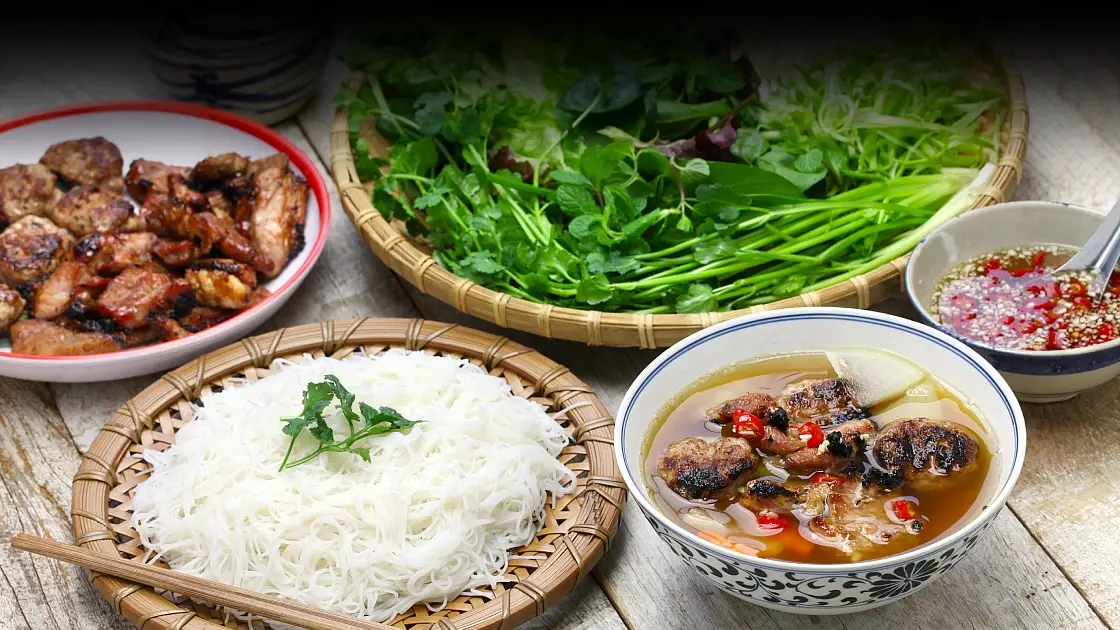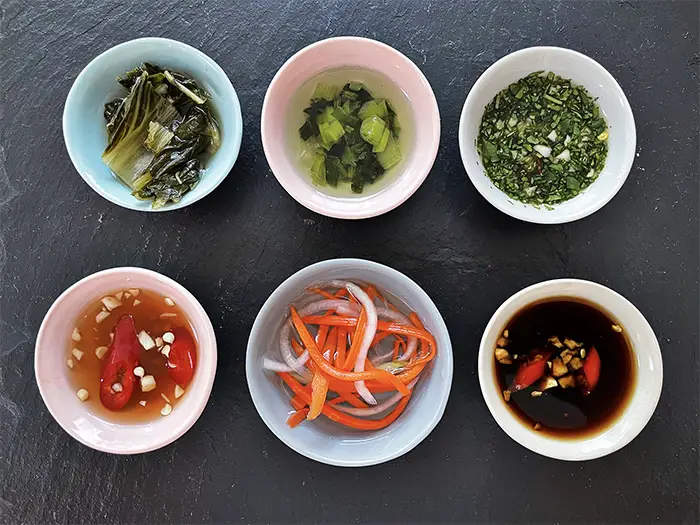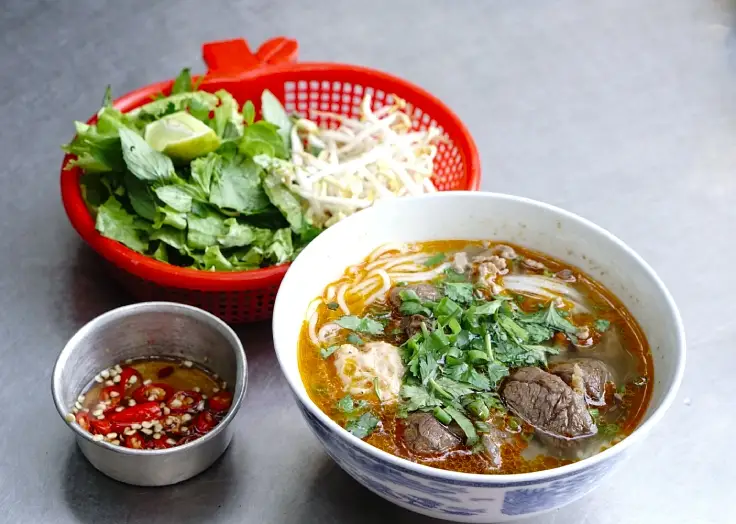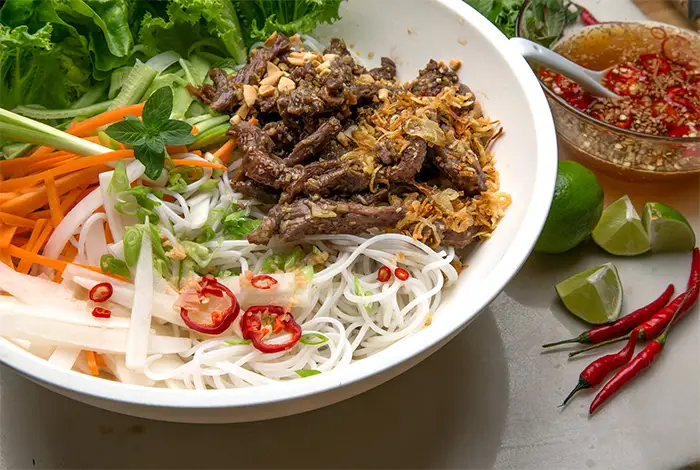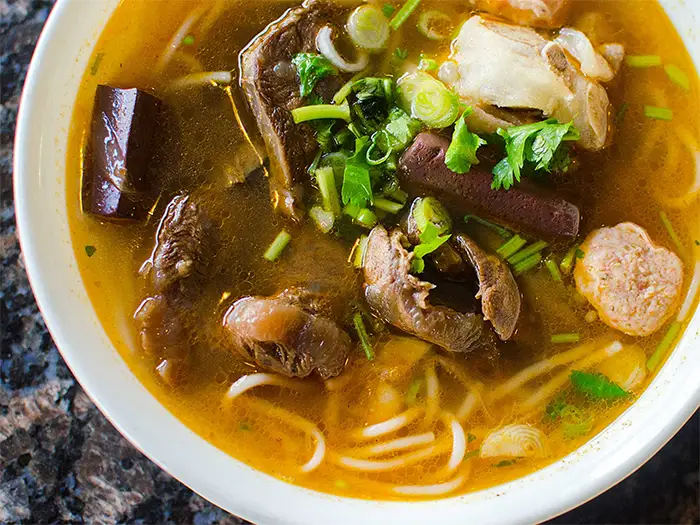In recent years, Vietnamese cuisine has gained increasing global attention for its fresh ingredients and complex flavors, winning the hearts of many. However, behind the delicious dishes lies a long history and rich tradition. By understanding this background, you can appreciate the deeper appeal of Vietnamese cuisine. In this article, we will focus on the history and traditions of Vietnamese food, examining its origins and the influence of various cultures.
Story of ingredient
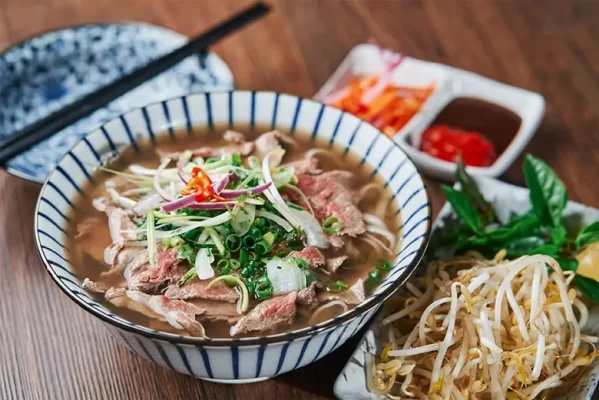
The history of Vietnamese cuisine dates back about 4,000 years. Since ancient times, Vietnam has been a rice-based agricultural society, particularly in the Mekong and Red River Deltas, where the abundant water resources supported the development of agriculture. This resulted in a deeply rooted culture centered around rice as the staple food. Rice became the foundation of Vietnamese cuisine and remains a crucial part of dishes like Pho and Banh Mi, which are popular worldwide today.
In addition to rice, ancient Vietnamese people developed techniques to enhance the natural flavors of ingredients by using herbs, spices, and fish sauce (nuoc mam). Fish sauce, in particular, is essential in Vietnamese cooking and is made by fermenting fish, giving it a distinctive flavor.
Influence of Chinese Rule
The use of chopsticks in Vietnamese dining customs is another influence that was passed down from Chinese culture and remains a central aspect of how meals are eaten today.
French Colonial Influence on Vietnamese Cuisine
French influence is also evident in Vietnamese desserts and coffee culture. “Café sua da,” Vietnamese iced coffee with sweetened condensed milk, originated from French coffee traditions that took root in Vietnam. Additionally, desserts using butter and cream became popular during this era. This period of culinary exchange between East and West led to a richer, more sophisticated Vietnamese food culture.

